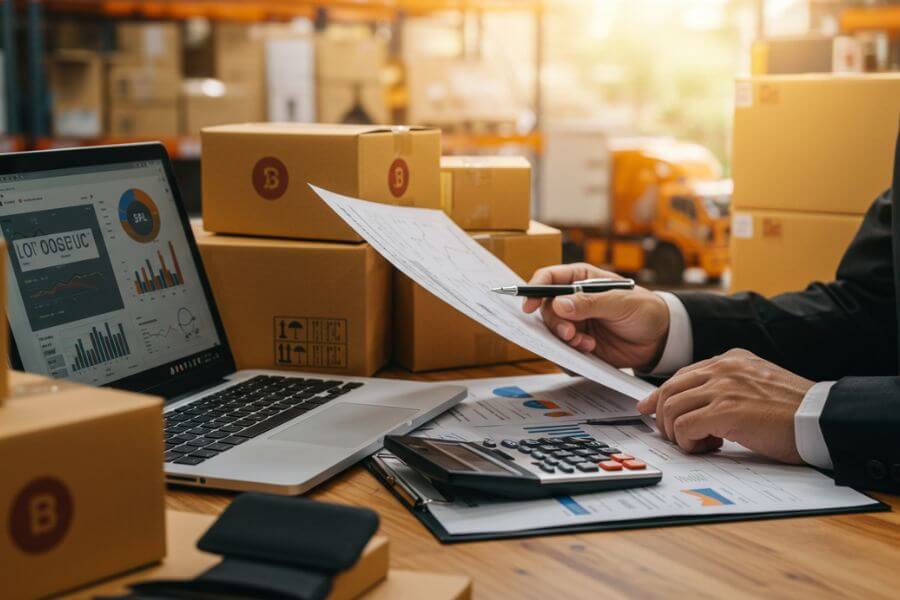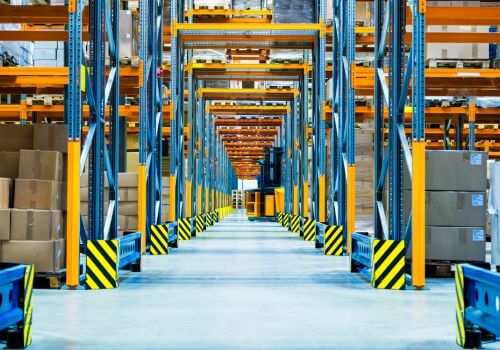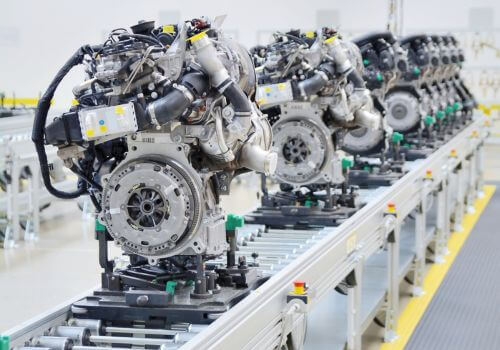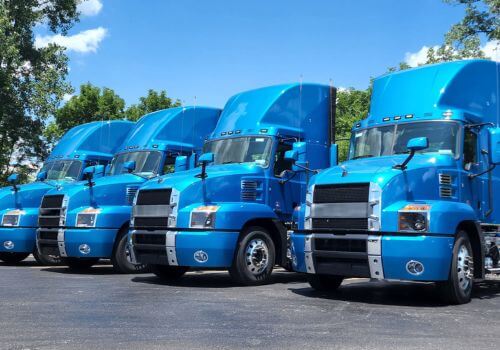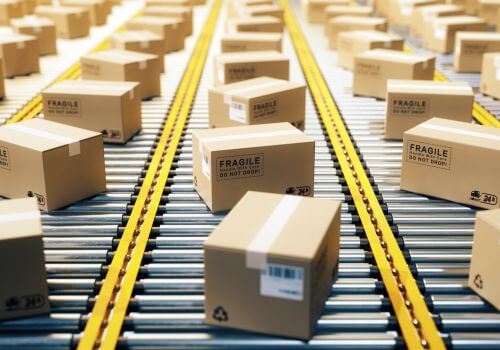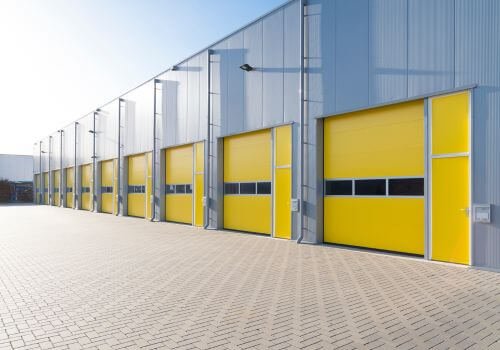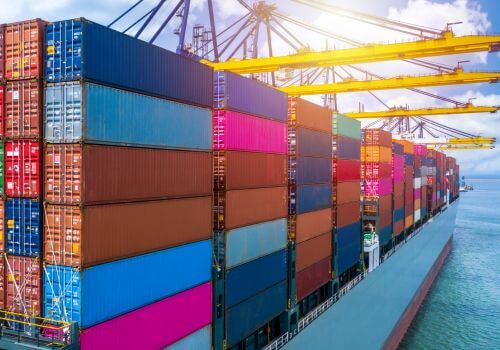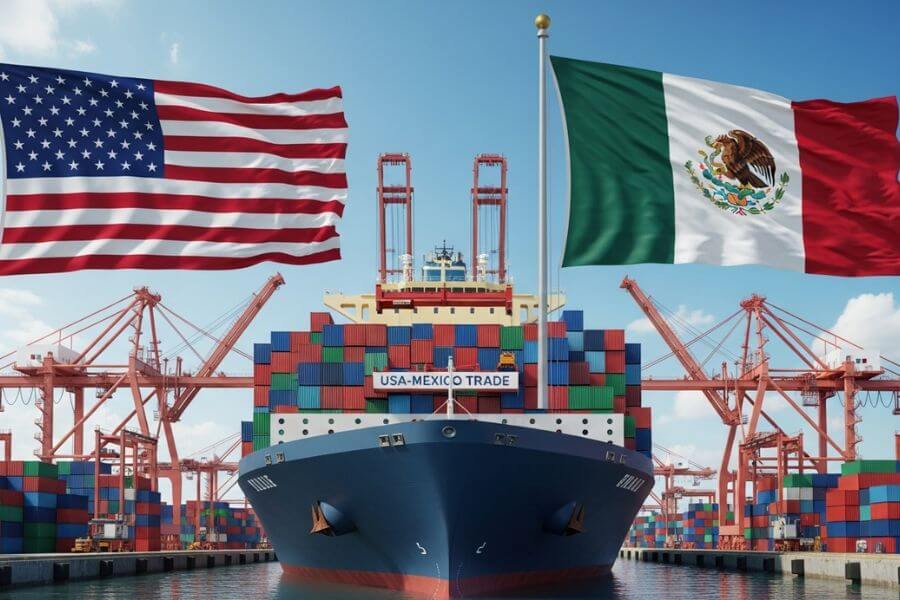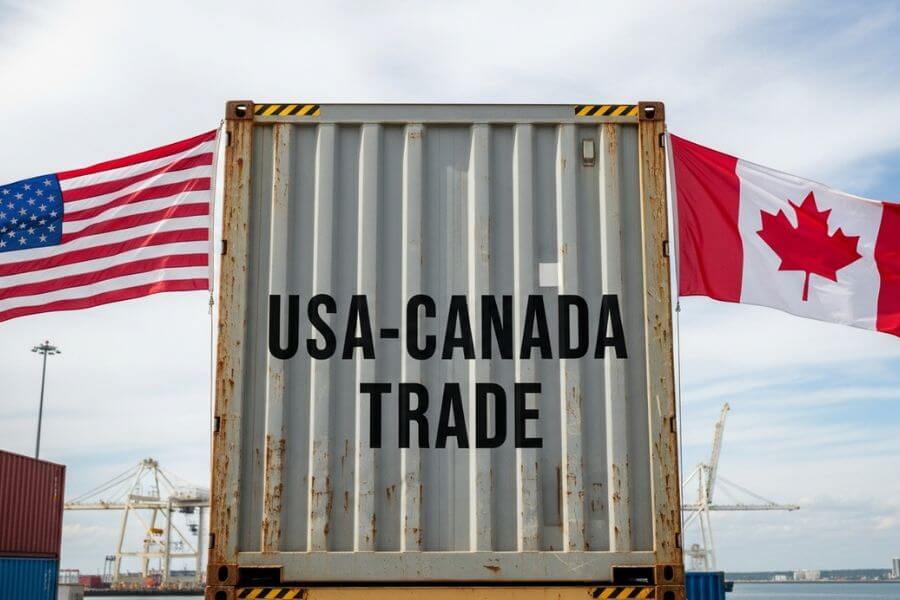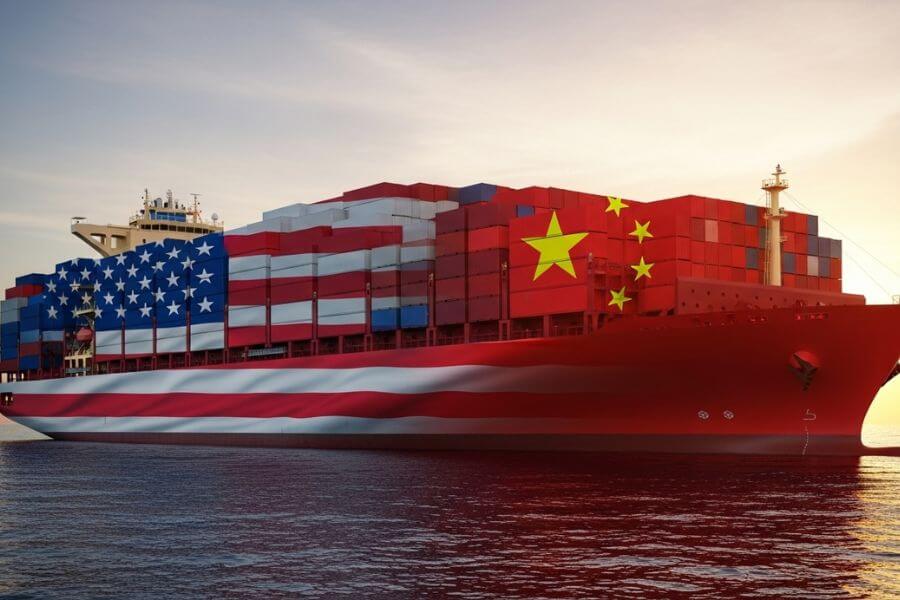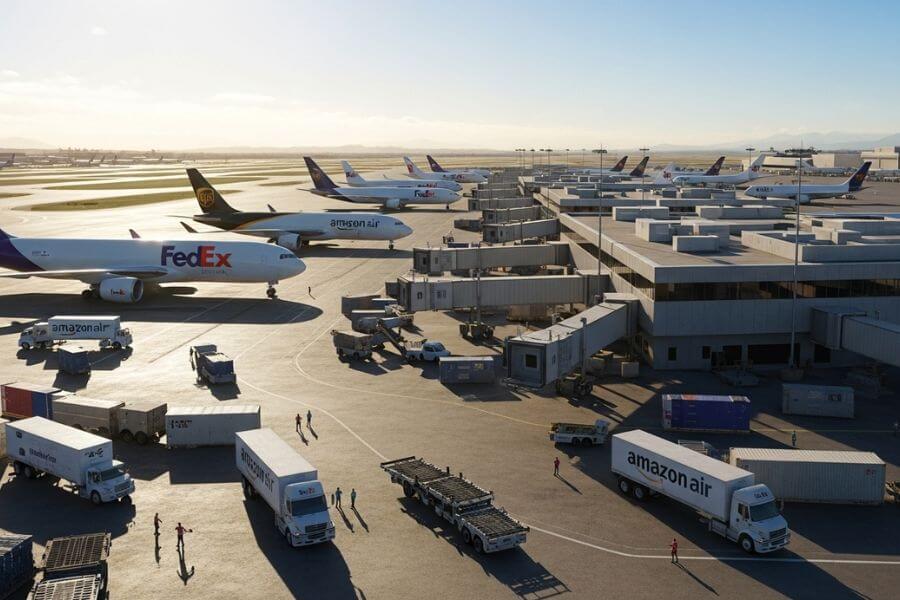In today’s fast-paced ecommerce and retail landscape, businesses are constantly seeking ways to save money while improving efficiency. One of the smartest decisions a growing company can make is partnering with a third-party logistics provider (3PL). While many business owners focus on the obvious benefits, like faster shipping or access to warehouses, what often gets overlooked are the hidden costs that a 3PL can help eliminate.
If you’re handling your logistics in-house, chances are you’re spending more than you realize. These aren’t just one-time expenses, either—they’re often recurring costs that silently eat into your profits month after month. In this article, we’ll explore 10 hidden costs your business can avoid by using a 3PL and why outsourcing your logistics operations might be the best move for your bottom line.
1. Labor costs for in-house fulfillment staff
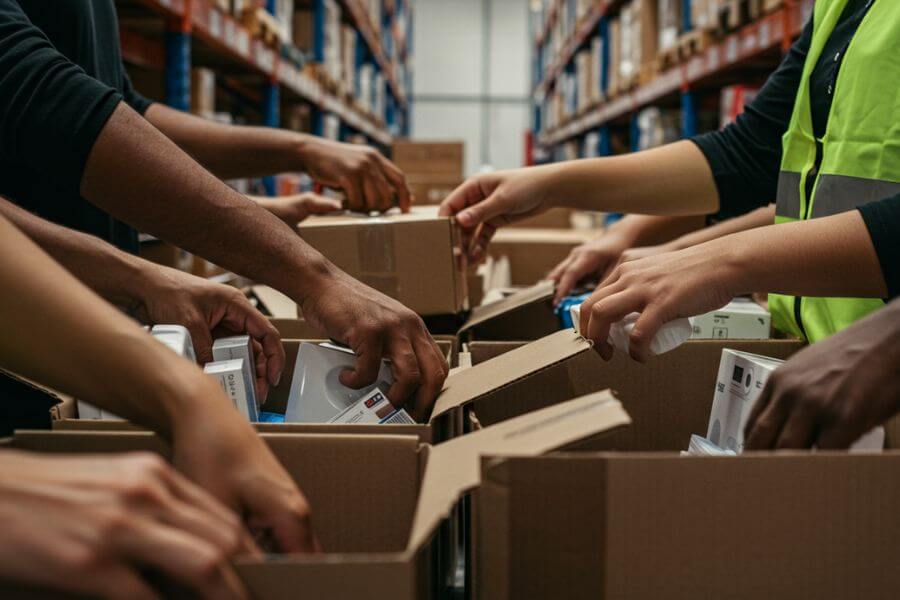
When you manage your own warehouse or fulfillment center, one of the biggest hidden costs is labor. Hiring, training, and retaining warehouse staff isn’t just expensive, it’s unpredictable. Seasonal fluctuations in order volume often mean you’re either short-staffed during busy periods or overstaffed when things slow down.
With a 3PL, these staffing headaches become their problem, not yours. Third-party logistics providers manage their own teams, and they’re optimized for scalability. You only pay for the labor needed to fulfill your orders, eliminating overstaffing costs and reducing HR burdens. That’s a major saving, especially for small to mid-sized businesses that can’t afford constant hiring cycles.
2. Warehouse space and utilities

Renting or owning warehouse space may seem like a fixed cost, but it often comes with hidden expenses that many businesses overlook. These include property taxes, insurance, utilities, security systems, and maintenance costs. Additionally, unused space during off-peak seasons can become a waste of money.
By partnering with a 3PL, you shift all those responsibilities to a logistics expert. You’ll no longer have to worry about whether your storage is being used efficiently or if rising real estate prices will eat into your profits. Most 3PLs offer flexible storage pricing, meaning you only pay for the space you use.
3. Inventory shrinkage and damage
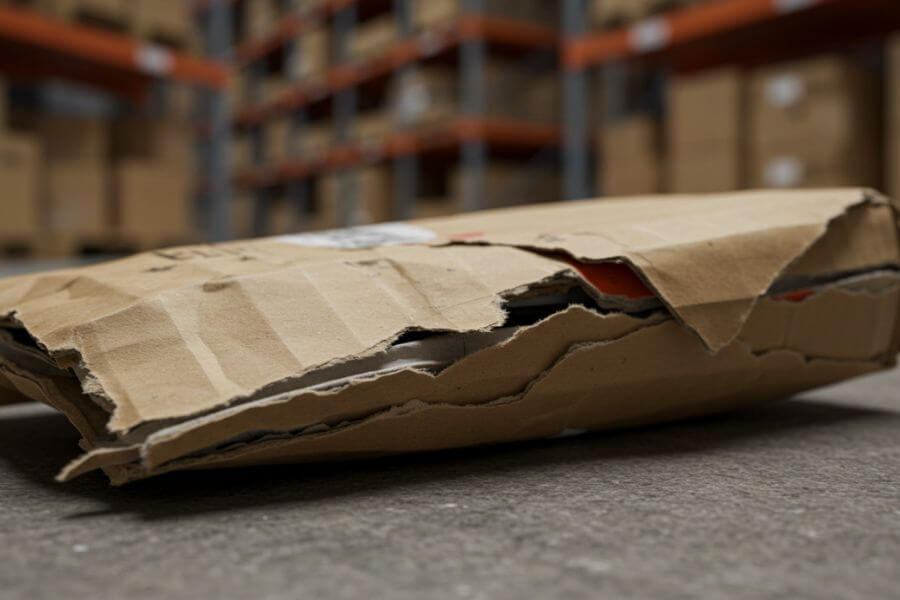
Every warehouse faces the risk of inventory shrinkage, a fancy term for lost, stolen, or damaged products. When you manage logistics yourself, those losses come directly out of your pocket. Even a 2% shrinkage rate can cost thousands of dollars annually, especially for high-ticket items.
Reputable 3PL providers have robust systems in place to track inventory accurately and ensure proper handling. They invest in security technology, training, and insurance to reduce product loss. Many also offer inventory accuracy guarantees, giving you peace of mind and helping you avoid losses that would otherwise go unnoticed until it’s too late.
4. Shipping errors and returns

Mistakes in shipping, whether it’s the wrong item, incorrect quantity, or missed delivery deadline, can damage your brand’s reputation and drain your finances. Handling returns is even more expensive, especially when customers expect free return shipping and restocking.
Third-party logistics companies specialize in fulfillment accuracy. They use barcode scanning, automated picking, and quality control checks to minimize human error. Additionally, many 3PLs offer returns management services, taking that burden off your hands and turning it into a streamlined process that reduces costs and improves customer satisfaction.
5. Technology investments
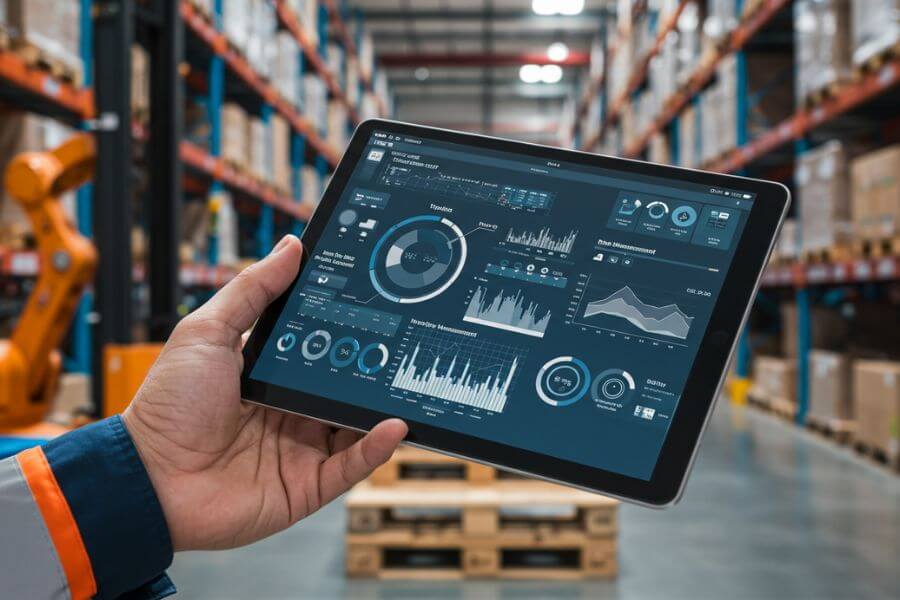
Running an efficient in-house logistics operation means investing in software like warehouse management systems (WMS), inventory tracking platforms, and data analytics tools. These technologies can be costly to implement and even more expensive to maintain and upgrade.
One major advantage of using a 3PL is that you gain access to their existing technology stack. From real-time inventory tracking to order management dashboards, you can tap into cutting-edge logistics tools without spending a dime on development or licensing fees. This can save your business tens of thousands of dollars annually in tech expenses alone.
6. Missed shipping discounts

Most small or mid-sized businesses don’t ship enough volume to qualify for substantial shipping discounts from major carriers like UPS, FedEx, or DHL. This means you’re likely paying standard retail shipping rates, which can add up quickly over hundreds or thousands of orders.
3PL providers ship massive volumes daily, which gives them access to bulk shipping discounts and preferred carrier rates. By piggybacking on their volume, your business can immediately benefit from reduced shipping costs. Over time, these savings can significantly improve your profit margins and even give you a competitive edge by allowing you to offer free or discounted shipping to customers.
7. Slower delivery times
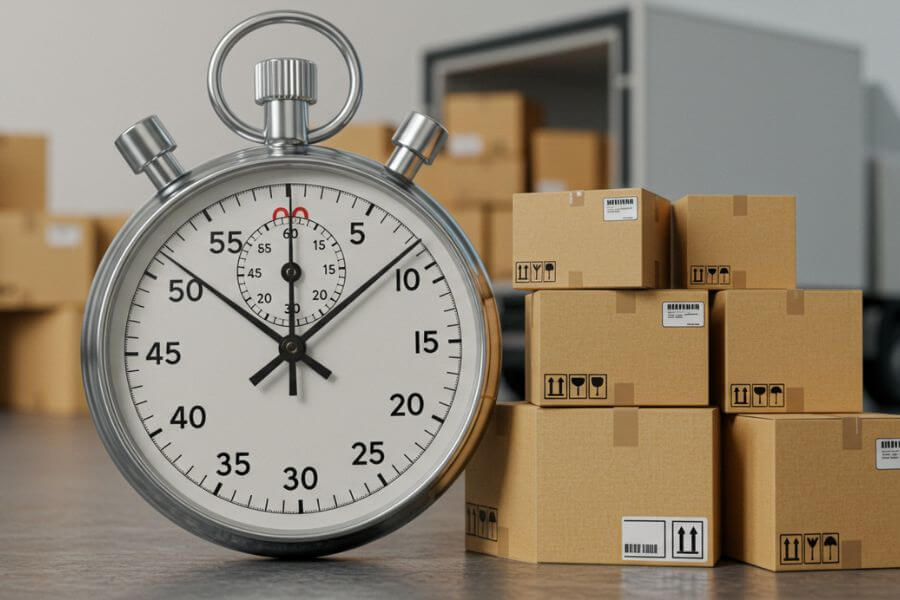
One cost that’s harder to measure, but no less real, is the cost of slow delivery. In a world where customers expect two-day or even next-day shipping, delays can result in abandoned carts, negative reviews, and lost customer loyalty.
Many 3PLs operate out of strategically located warehouses across the country or even internationally. This distribution network enables faster delivery to your customers, no matter where they live. Faster shipping not only improves customer satisfaction but can also reduce the cost of expedited shipping services you might otherwise have to pay for in-house.
8. Poor inventory forecasting

Without real-time inventory visibility and data analytics, many businesses struggle with overstocking or understocking. Overstocking ties up capital in unsold products and increases storage costs, while understocking leads to lost sales and unhappy customers.
A good 3PL provides inventory management tools that give you real-time visibility into stock levels, order trends, and seasonal fluctuations. With better forecasting, you can reduce inventory carrying costs and ensure you’re always prepared to meet demand without overspending. These insights are invaluable and help turn your logistics strategy from reactive to proactive.
9. Compliance and regulatory costs
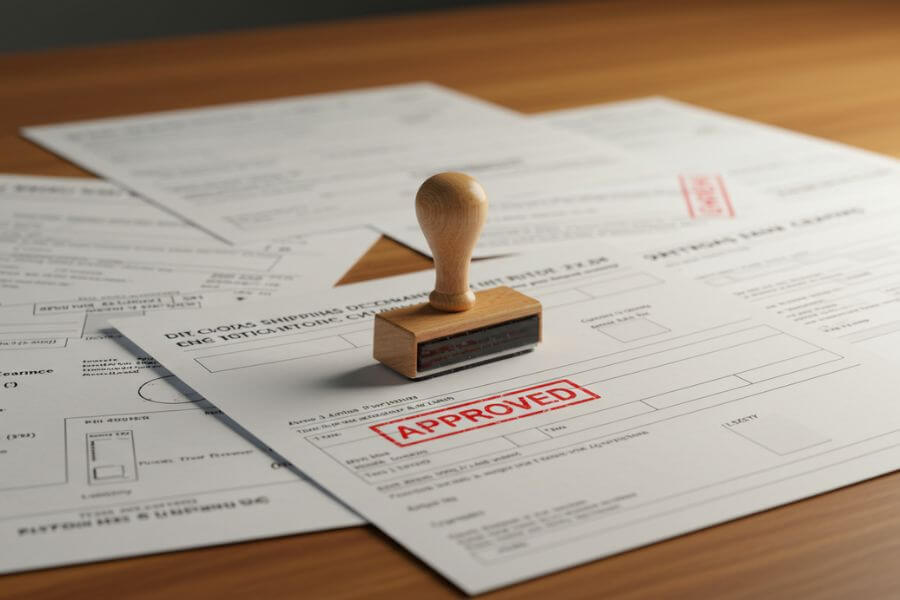
If your business ships internationally or handles regulated goods (like food, cosmetics, or electronics), compliance with shipping laws, tariffs, customs documentation, and labeling regulations is not just complicated—it can be costly. Fines, shipment delays, and product confiscation are all real risks.
Most 3PLs have dedicated compliance teams that stay up to date with ever-changing regulations across different markets. They ensure your shipments meet legal requirements, reducing the risk of costly errors and regulatory fines. This not only protects your bottom line but also builds a stronger, more professional brand image.
10. Opportunity costs from time and focus

Perhaps the most overlooked hidden cost of managing your own logistics is the time and energy it drains from your core business operations. Every hour spent on warehouse issues, order tracking, or inventory reconciliation is time not spent on marketing, product development, or customer service.
By outsourcing logistics to a 3PL, your internal team is freed up to focus on what you do best—growing your business. The return on this time investment can be huge. You gain the ability to scale faster, respond to market opportunities more effectively, and deliver a better overall customer experience without being bogged down by back-end operations.
Is partnering with a 3PL right for your business?
If you’re still wondering whether a 3PL is worth the investment, consider this: many of the hidden costs we’ve discussed aren’t just small leaks; they’re wide-open drains on your profitability. These are expenses you might not even notice until they begin to hurt your growth.
A third-party logistics provider offers far more than just warehousing and shipping. They bring cost-efficiency, scalability, and expertise that can transform your operations. From labor savings to faster delivery and smarter inventory management, a 3PL can help you sidestep the most common logistical pitfalls and focus on building a stronger, more profitable business.
Conclusion
In a competitive business environment, efficiency isn’t just a luxury; it’s a necessity. Every hidden cost that goes unchecked is a missed opportunity to increase profitability and deliver better service to your customers.
Partnering with a trusted 3PL provider helps you avoid the many invisible expenses that come with handling logistics in-house. From labor and warehousing to compliance and technology, the savings quickly add up. But perhaps the biggest benefit of all is the peace of mind you get knowing that experts are handling one of the most complex parts of your business.
If your company is growing or struggling to manage fulfillment effectively, now is the perfect time to explore how a 3PL can help. The money you save by avoiding these hidden costs could be the key to unlocking your next level of success.

